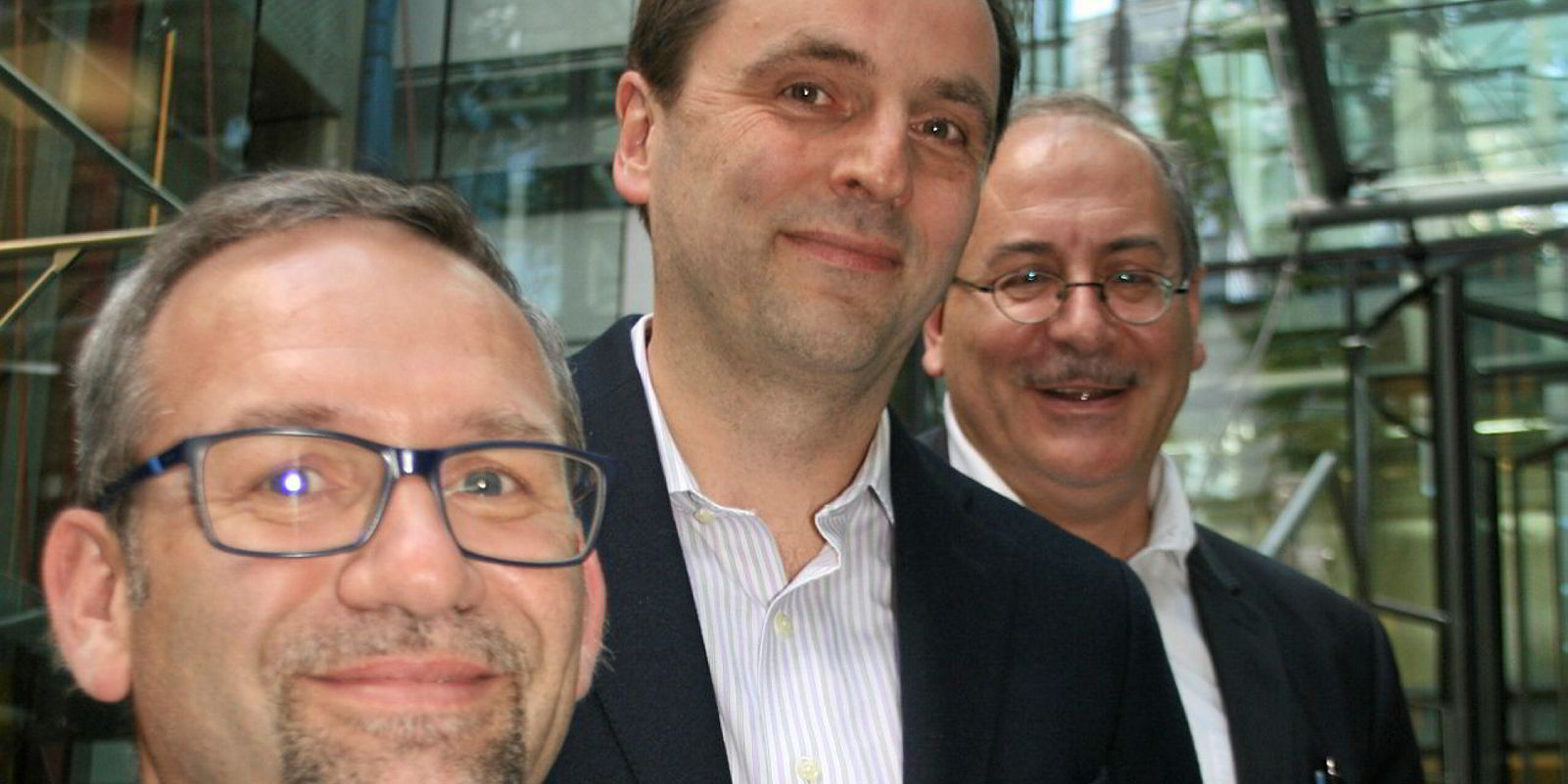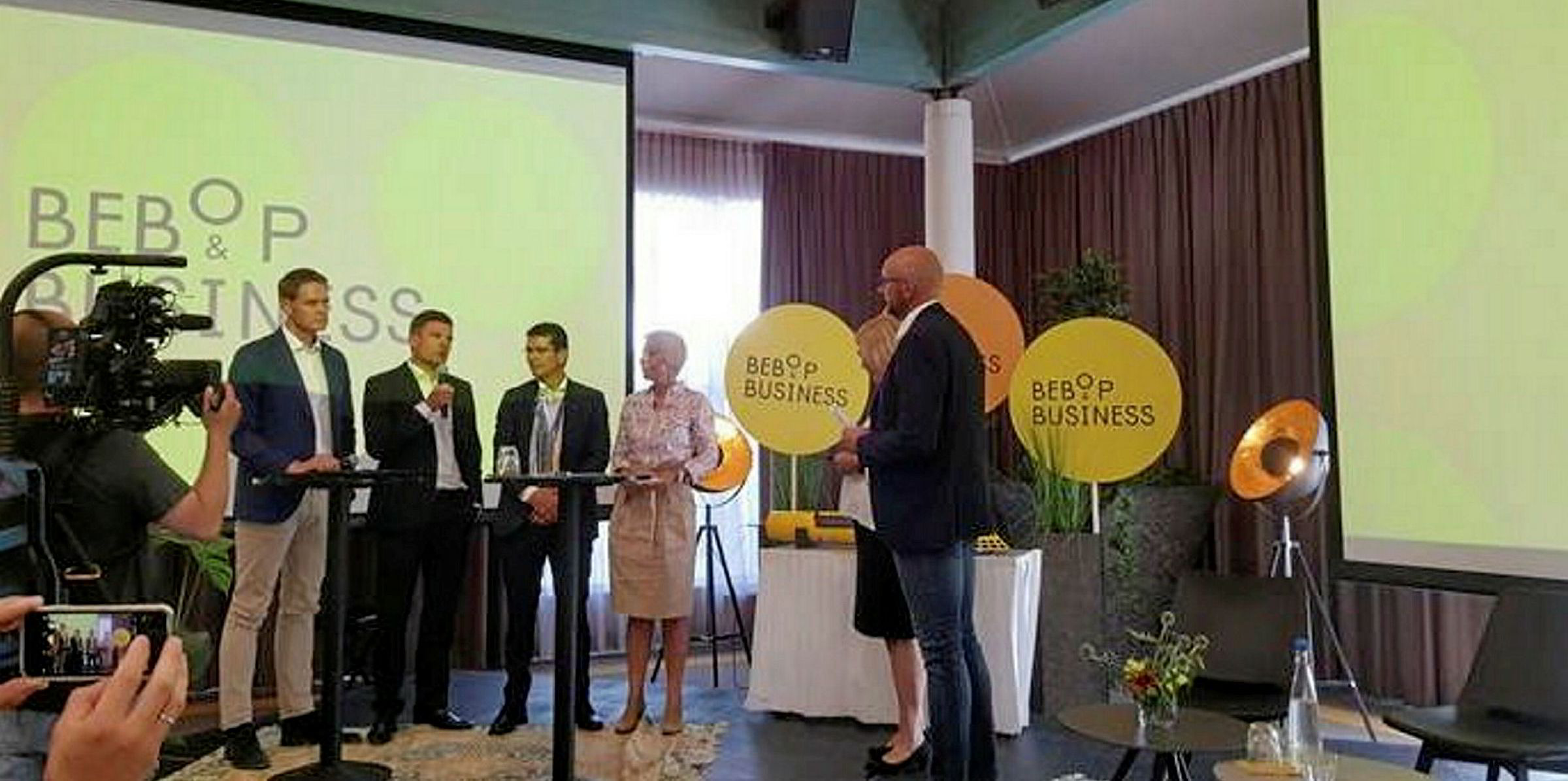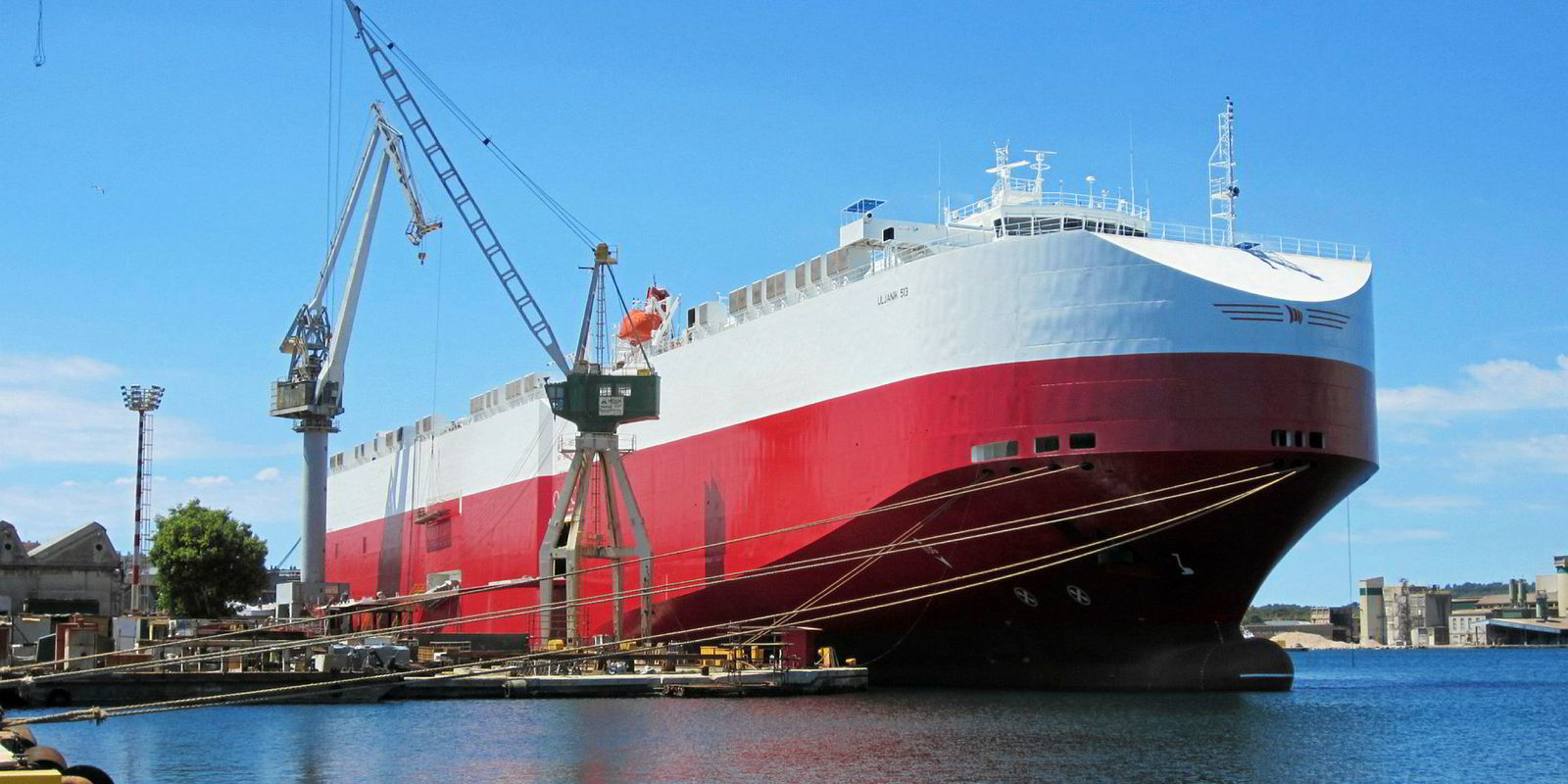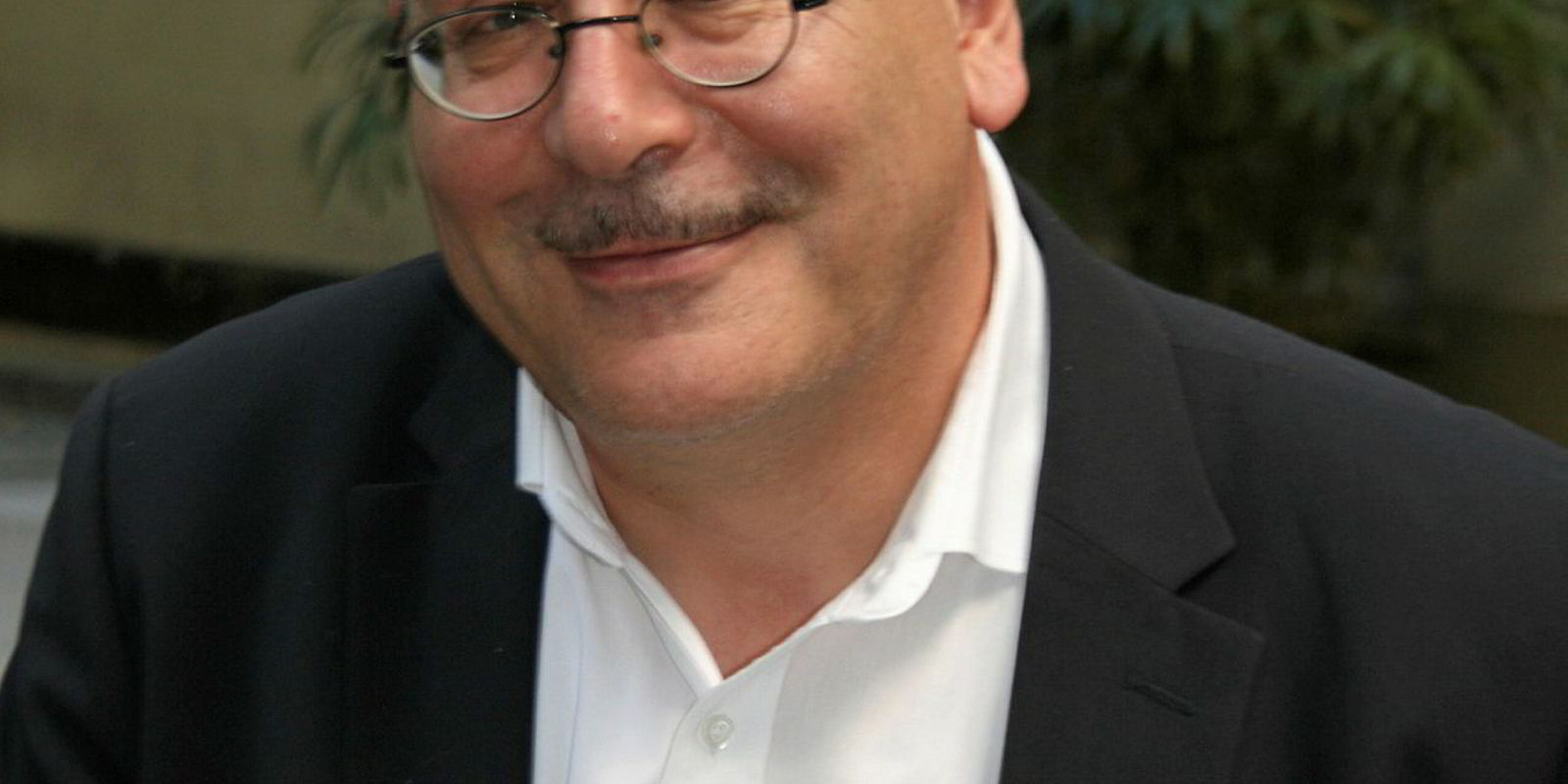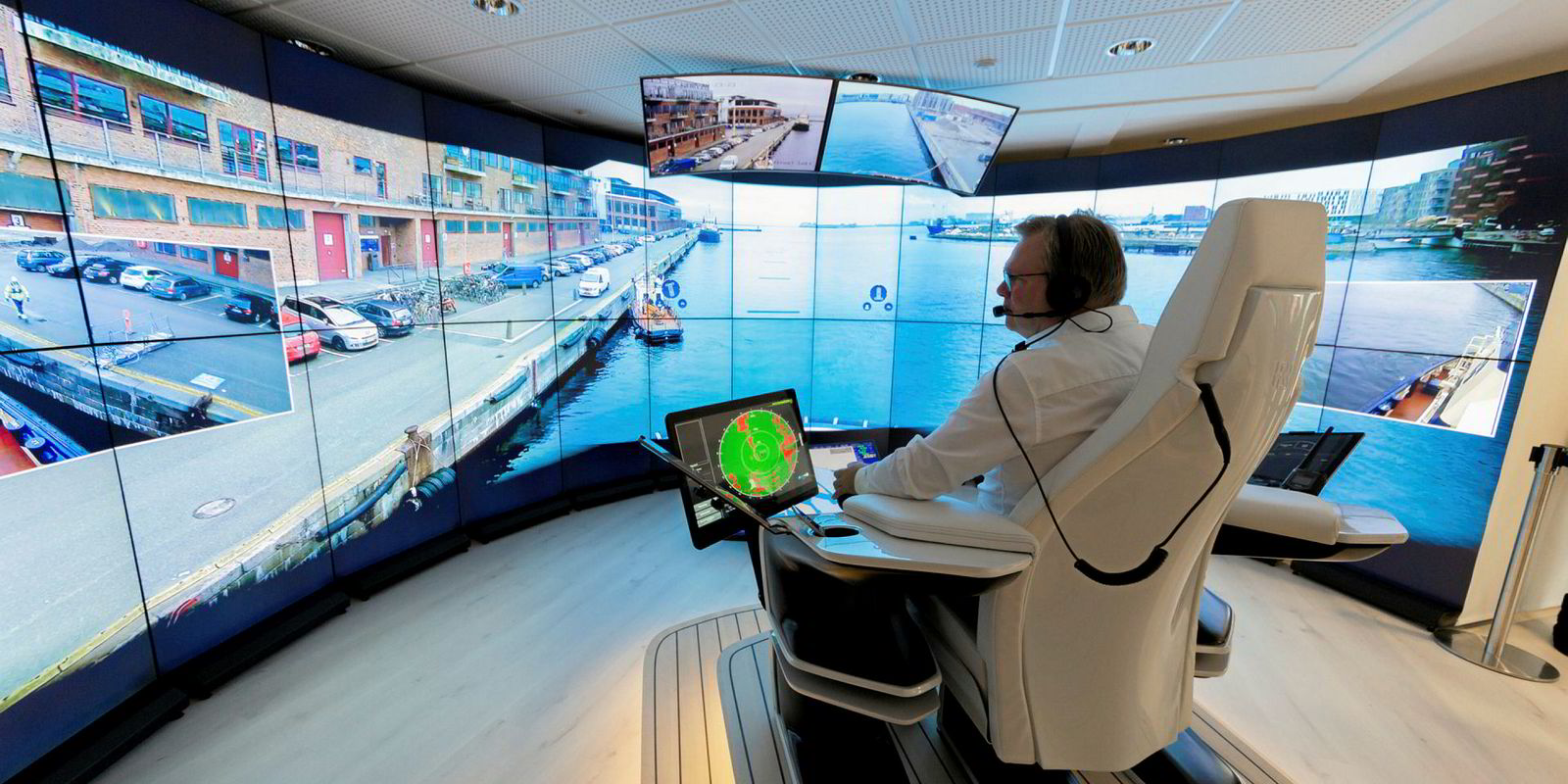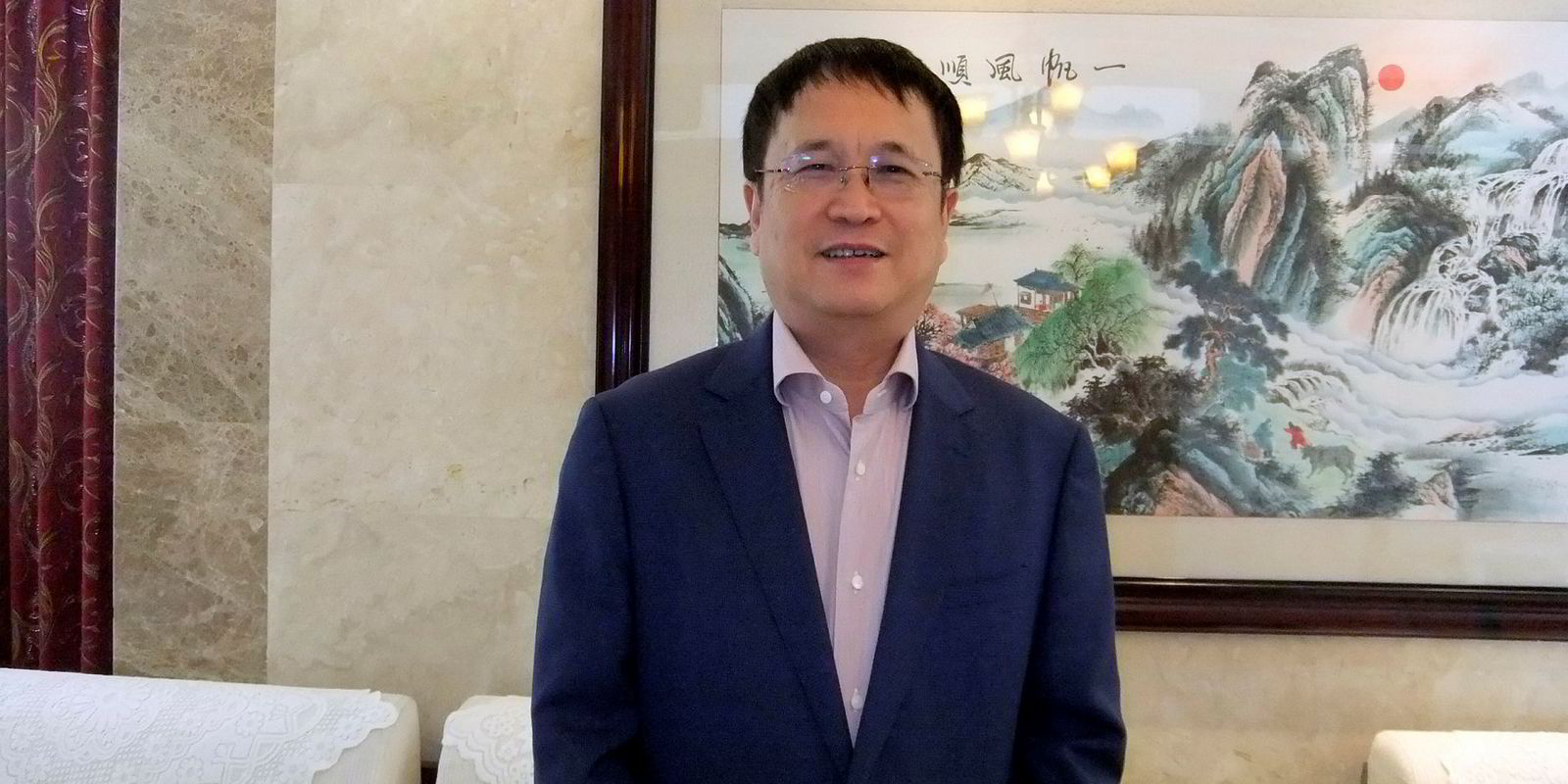A European Union-sponsored project is seeking to bring modern, lightweight materials into shipbuilding and move the industry away from decades of almost total dependence on steel.
RAMSSES, which is short for Realization and Demonstration of Advanced Material Solutions for Sustainable and Efficient Ships, is focusing especially on fibre-reinforced composites.
A key motivator is to make European-built ships more competitive by improving their life-cycle performance.
Innovative, organic materials such as composites can weigh far less than their contemporaries and offer the potential for lower fuel consumption, thereby mitigating greenhouse gas emissions and increasing cargo capacity.
RAMSSES is concentrating its efforts on 13 demonstration maritime product cases, ranging from equipment and superstructure to hulls and repair, in preparation for their adoption commercially.
Opinion is that despite a rise in commercial useage of such materials and processes, the full potential of lightweight and advanced materials has still to be realised.
The consortium of 36 partners in RAMSSES — from 13 European countries — includes some of the large, technology-pioneering European shipyards such as Meyer Werft, Fincantieri and Damen, as well as smaller players such as Croatia’s Uljanik.
Becker Marine Systems and BaltiCo are among the equipment manufacturers that are also involved.
The financial coordinator for RAMSSES is Fincantieri technical research arm Cetena, while the Center of Maritime Technologies (CMT) in Hamburg is handling the technical management.

TradeWinds met CMT technical coordinators Frank Roland and Matthias Krause, both with a shipyard background, and Stephane Paboeuf, head of section composite materials at classification society Bureau Veritas.
Roland says the project, which is expected to run for four years, is in parallel with FIBRESHIP, which aims to develop a new EU-based market for large, complete ships in fibre-reinforced polymers (FRP).
The use of FRP materials is expected to reduce structural weight by as much as 30%, make fuel savings of 15% and increase ship stability. From that, greenhouse-gas emissions savings, increased cargo capacity and improved material recycling percentage should also flow.
The two projects, each of which began about a year ago, are quite complementary, says Roland, who sees the future as multi-material ships.
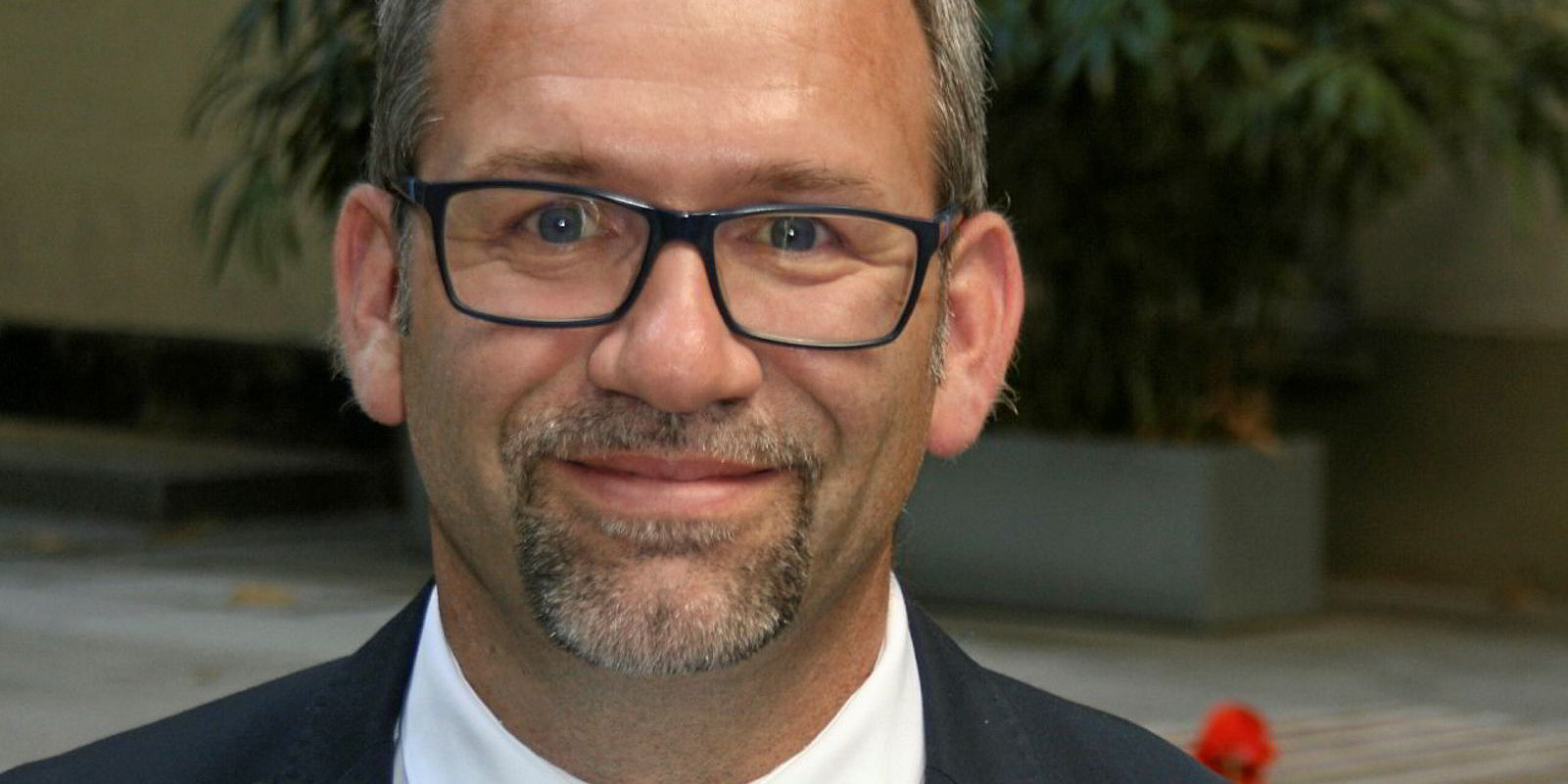
Composites consist of a combination of two or more different materials arranged in layers in different directions to optimise strength.
They are typically tougher than traditional materials. Carbon fibre-reinforced composites can be five times stronger than 1020 grade steel, while having one-fifth of the weight, says the Composites UK trade association.
Resins connect the fibres, sometimes sandwiched between a core of foam or balsa wood to reduce the weight. One example is the Sandwich Plate System (SPS), comprising two metal plates bonded with a polyurethane elastomer core, used for the repair and strengthening of ships. Metallic foams are not dealt with by RAMSSES.
However, it is looking at how steel can be used more efficiently, including higher-strength steel, and improving its properties. This includes the application of high-performance steels in load-carrying hull structures.
While FIBRESHIP is concentrating on the whole ship, Roland says RAMSSES is targeting the more low-hanging fruit, such as the superstructure on passengerships. The two projects have agreed to cooperate on technical matters and on generating proposals for the development of rules.
RAMSSES, which focuses on International Convention for the Safety of Life at Sea (Solas) vessels, is working on a lot of passengership applications — cruiseships, ferries and ropaxes, etc — an area of shipbuilding where Europe still holds sway. Roland says the intention is to defend that niche but also win back market share in other sectors.
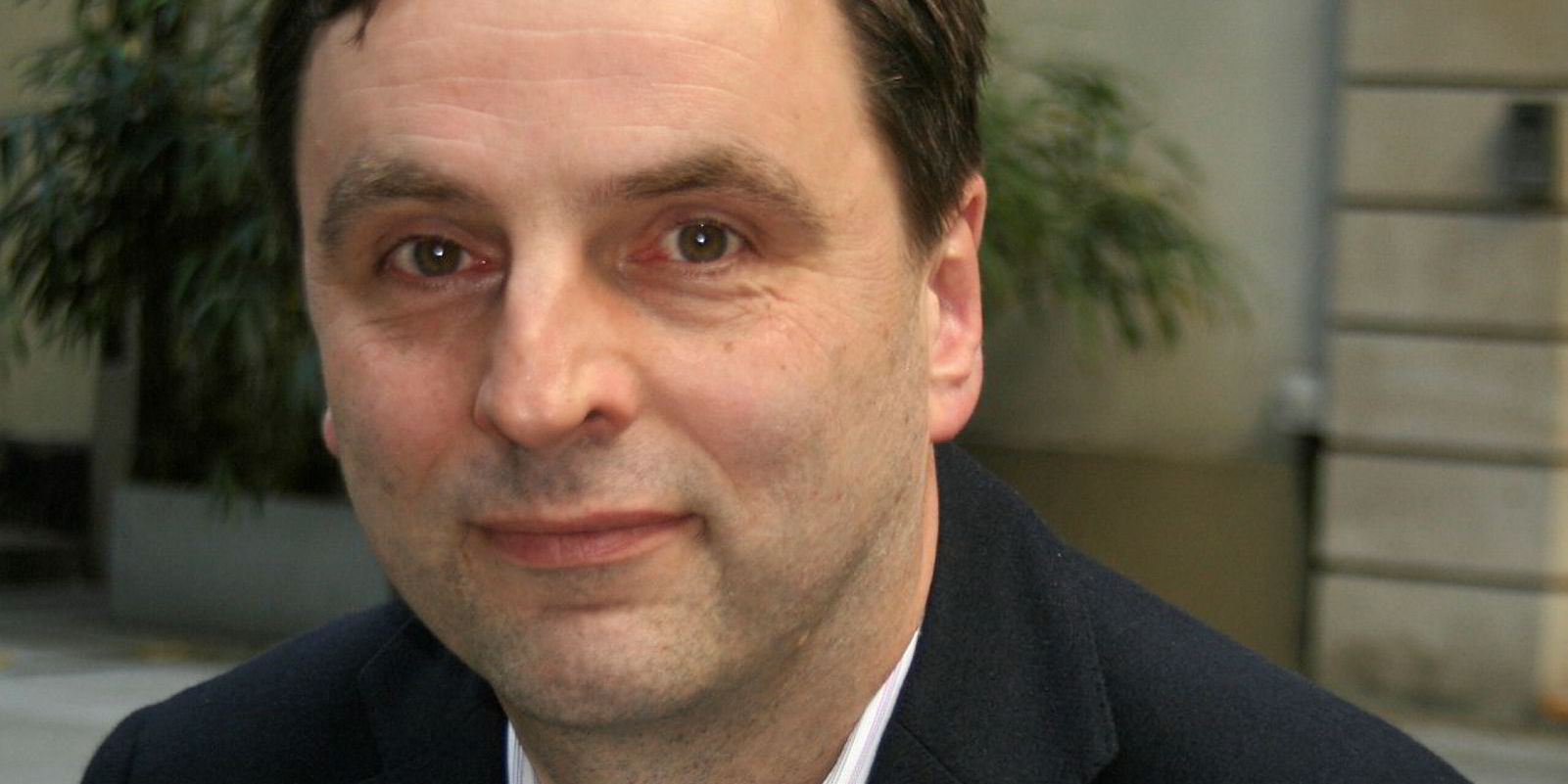
Krause stresses that the spread of RAMSSES applications covers many more ship types and will help to win back market share in other sectors.
He says FIBRESHIP leans towards developing prescriptive requirements for certifying fully composite materials, while RAMSSES is more interested in testing and accelerating the certification process to prove equivalent safety to steel vessels through alternative design analysis.
This means not repeating expensive risk assessments already carried out in Europe covering areas such as material strengths and fire safety. Hence, RAMSSES is targeting a database to speed up the testing processes.
“We don’t want to develop new rules as FIBRESHIP does,” Roland says.
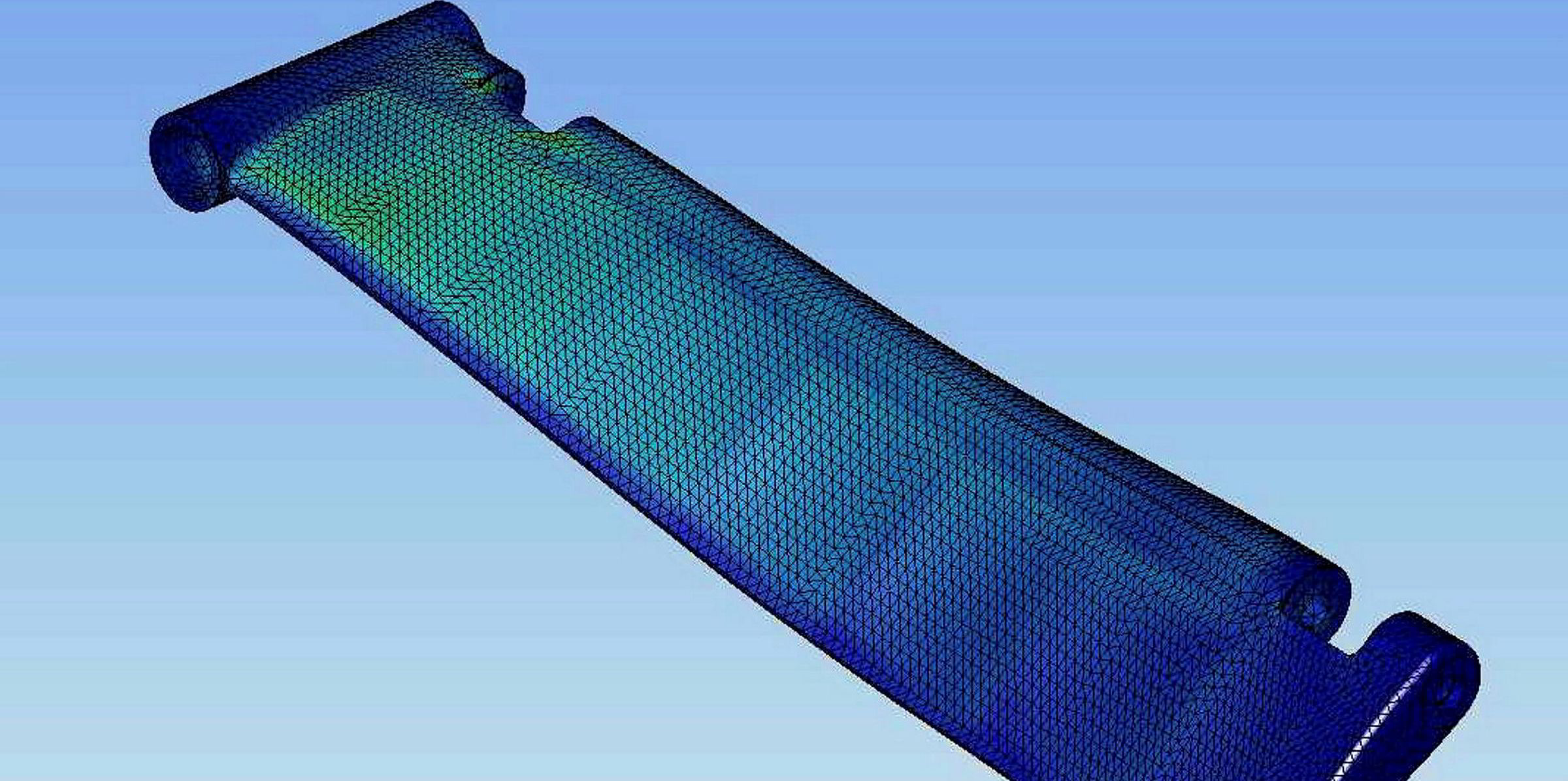
“If we want to be competitive in Europe, we have to build better ships than the others and we have to be as efficient,” Roland says. "Steel is still a valid material and we have not used its full potential. But the future material is composites. You can do much more with design options, optimal strengths, fuel and emissions.”
He concedes that there are various safety issues with composites related to fire, and the industry lacks the long history of experience using steel.
Hence, extensive testing and development of numerical methods are needed to predict future performance and how to integrate new materials from a functional and safety perspective, and into the steel shipyard process, as well as ensuring that such vessels can be repaired globally.
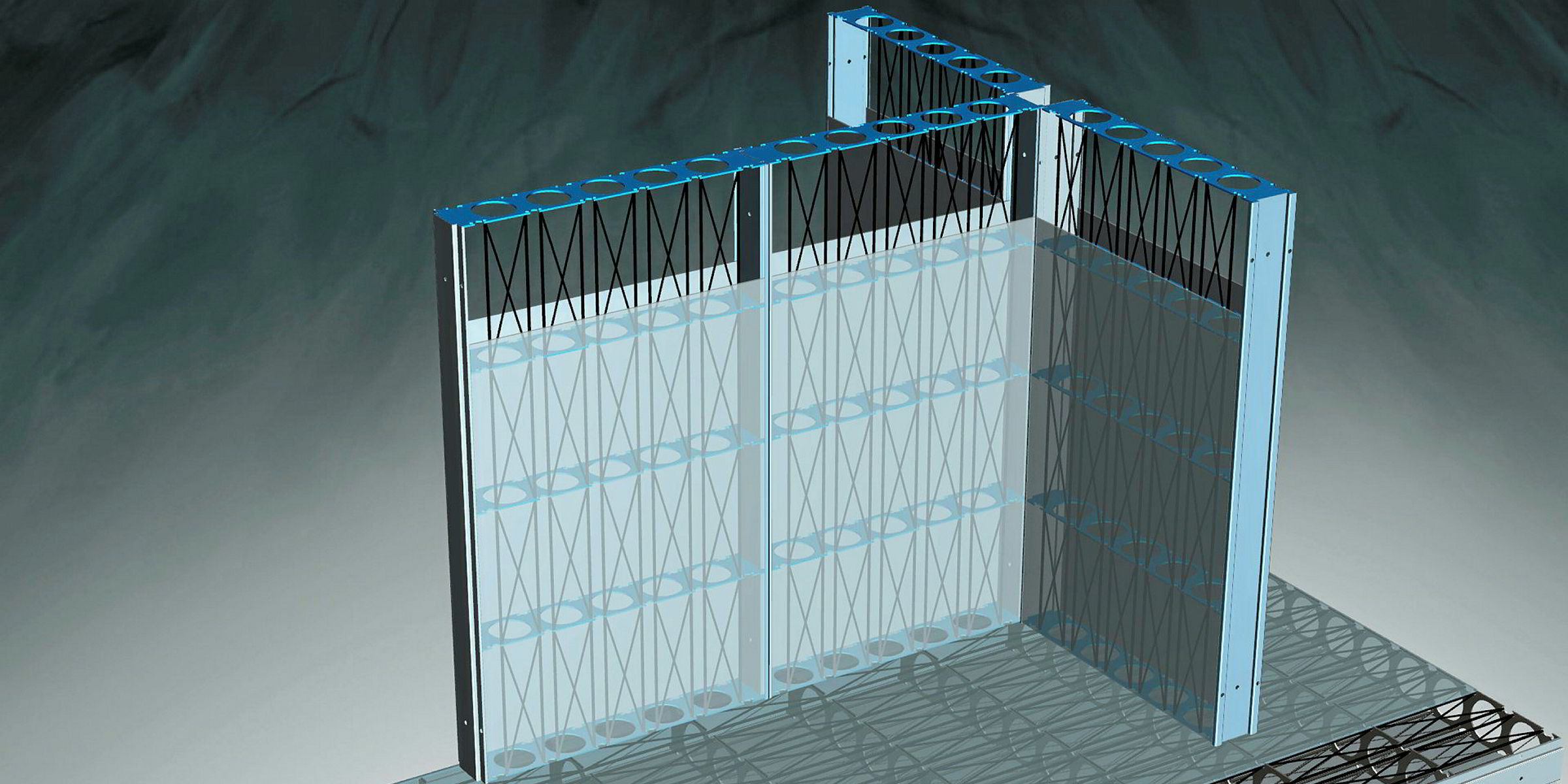
RAMSSES needs to thoroughly assess how the new materials perform in terms of cost, longevity, technical properties and environmental costs.
Participating members in RAMSSES range from Netherlands-based Damen, which already has considerable experience using composites, to much smaller companies, including one in the German state of Mecklenburg-Vorpommern that is producing sandwich panels it wants to sell in the maritime market.
Damen is already constructing smaller-vessel hulls in composites, but the ambition is to scale up to larger hulls using vacuum infusion — a process that uses vacuum pressure to drive resin into a laminate.
This project, like RAMSSES, is also receiving funding from the European Union’s Horizon 2020 research and innovations programme.
